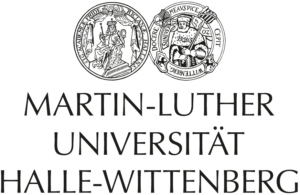Molecular Dynamics and Charge Transport in highly-conductive Polymeric Ionic Liquids
Glassy dynamics and charge transport are studied for the polymeric ionic liquid (PIL) poly[tris(2-(2-methoxyethoxy)ethyl)ammonium acryloxypropyl sulfonate] (PAAPS) with varying molecular weight (9700, 44200, 51600, and 99500 g/mol) by broadband dielectric spectroscopy (BDS) in a wide frequency (10−2−107 Hz) and temperature range (100−400 K) and by DSC- and AC-chip calorimetry.
The dielectric spectra are characterized by a superposition of (i) relaxation processes, (ii) charge transport, and (iii) electrode polarization. The relaxation processes (i) are assigned to the dynamic glass transition and a secondary relaxation. Charge transport (ii) can be described by the random free-energy barrier model as worked out by Dyre et al.; the Barton−Namikawa−Nakajima (BNN) relationship is well fulfilled over more than 8 decades. Electrode polarization (iii) follows the characteristics as analyzed by Serghei et al., with deviations on the low frequency side. The proportionality between the relaxation rate of the dynamic glass transition and the charge carrier hopping rate reflects the nature of charge transport as glass transition assisted hopping. Hereby, the PIL under study exposes the highest dcconductivity values observed for this class of materials below 100 °C, so far; and for the first time a conductivity increase by rising degree of polymerization. The comparison of the polymeric ionic liquids under study with others implies conclusions on the design of novel highly conductive PILs.
Location: UL, Linnéstr. 5, SR 532 Time: 3.30pm





One thought on “Talk by F. Frenzel at UL (October 24, 2017)”